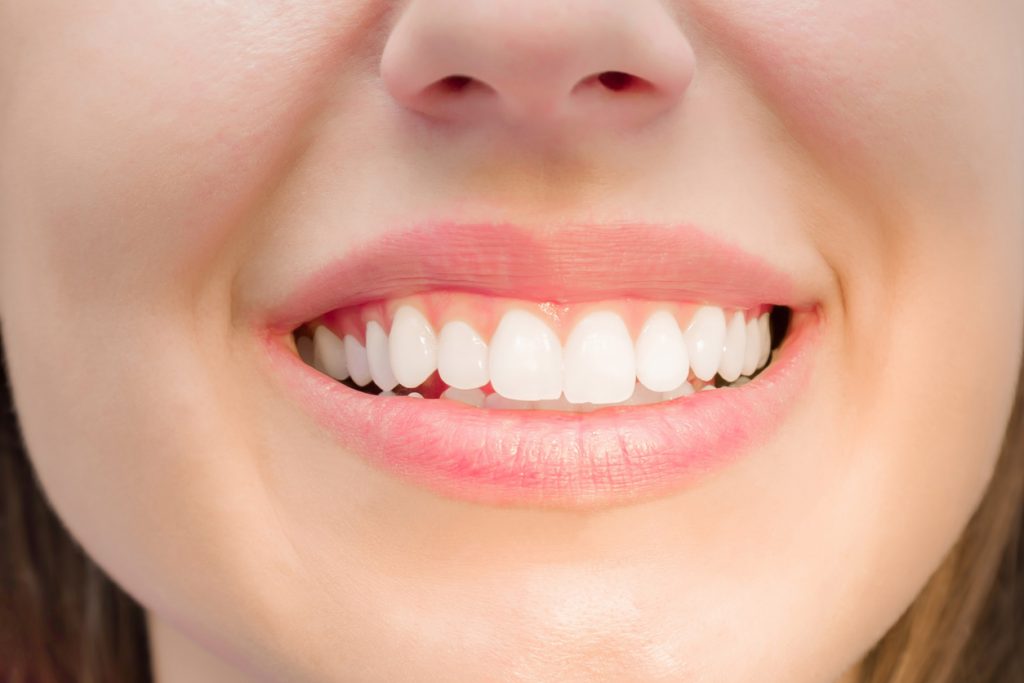If you’ve ever noticed your gums receding, revealing more of your tooth than you’d like, you’re not alone. Gum recession is a common dental issue that can occur due to several factors like periodontal (gum) disease, aggressive brushing, or even genetics. Not only does gum recession affect the aesthetics of your smile, but it can also lead to tooth sensitivity, root exposure, and even tooth loss if left untreated. Fortunately, gum grafting and the Pinhole Surgical Technique (PST™) offer effective solutions for correcting receding gums and restoring oral health.
In this blog post, we’ll explore both traditional gum grafting and the Pinhole Surgical Technique, highlighting their benefits, processes, and differences. Whether you’re considering treatment for gum recession or simply curious about these procedures, this guide will give you a thorough understanding of what to expect.

What Is Gum Grafting?
Gum grafting, also known as a gingival graft, is a surgical procedure where tissue is taken from one area (usually the roof of the mouth or a donor source) and grafted onto the area where the gum recession has occurred. This process not only helps cover the exposed roots but also strengthens the gum tissue to prevent further recession.
Why Would Someone Need a Gum Graft?
Gum recession can make your teeth look longer than normal and leave sensitive root surfaces exposed. Over time, this can lead to discomfort, increased risk of decay on the roots, and even bone loss. Here are a few reasons why someone might need a gum graft:
- Periodontal disease: Gum disease can lead to the destruction of the tissues supporting the teeth, including the gums and bone, causing them to recede.
- Aggressive tooth brushing: Brushing too hard or using a toothbrush with hard bristles can wear away gum tissue over time.
- Genetics: Some people are simply more prone to gum recession due to hereditary factors.
- Orthodontic treatment: Movement of teeth during orthodontic treatment can cause gum recession in certain cases.
In a gum graft procedure, there are typically three types of grafts used:
- Connective tissue grafts: The most common form, where tissue is taken from under the roof of the mouth.
- Free gingival grafts: Tissue is taken directly from the roof of the mouth.
- Pedicle grafts: Tissue is moved from gum tissue near the area needing repair, making it a localized treatment.
The Gum Grafting Procedure
The gum grafting procedure can be done under local anesthesia, and though it sounds intimidating, it’s generally well-tolerated by patients. The procedure usually takes about an hour, depending on how many teeth need treatment.
- Tissue Harvesting: If the tissue is taken from your mouth, Dr. Scharf will make a small incision on the roof of your mouth and remove a flap of tissue.
- Graft Placement: The tissue is carefully positioned over the receded area and stitched into place to promote healing and tissue growth.
- Healing: Recovery typically takes 1-2 weeks. During this time, patients are advised to avoid hard or sticky foods and to follow strict oral hygiene guidelines to ensure successful healing.
While gum grafting is effective and long-lasting, it can be invasive. That’s where the Pinhole Surgical Technique comes in as a minimally invasive alternative.
What Is the Pinhole Surgical Technique?
The Pinhole Surgical Technique (PST™), developed by Dr. John Chao, is a revolutionary procedure for treating gum recession that doesn’t require incisions or stitches. Instead of grafting tissue, a small pinhole-sized entry point is created in the gum tissue, and special instruments are used to gently loosen the tissue and slide it over the receded areas. This process can cover exposed roots and restore the gumline without the need for sutures.
How PST™ Works
The Pinhole Surgical Technique works by making a tiny entry point above the area of gum recession. Using specialized tools, Dr. Scharf gently manipulates the existing gum tissue, repositioning it to cover the exposed tooth roots. Collagen strips are sometimes used to stabilize the tissue and encourage natural healing.
Here’s a step-by-step breakdown of the process:
- Local Anesthesia: Just like with gum grafting, local anesthesia is administered to keep the patient comfortable.
- Creating the Pinhole: A small hole, the size of a pin, is made in the gum tissue. This entry point is used to access the receded area.
- Tissue Repositioning: Specialized instruments are inserted through the pinhole to gently loosen the gum tissue and slide it into its new, correct position.
- Stabilization: To ensure the gums stay in place and heal properly, collagen is often placed beneath the gum tissue, providing support and encouraging healing.
- Healing: Because there are no stitches, recovery time is significantly faster compared to traditional gum grafting. Patients can often resume their normal activities within a day or two.
Comparing Traditional Gum Grafting and PST™
Both traditional gum grafting and the Pinhole Surgical Technique are effective at treating gum recession, but they differ in a few key ways.
| Feature | Traditional Gum Grafting | Pinhole Surgical Technique (PST™) |
|---|---|---|
| Invasiveness | Requires incisions and sutures | Minimally invasive, no incisions or sutures |
| Healing Time | 1-2 weeks with restrictions on food and hygiene | Much quicker, often within a few days |
| Pain and Discomfort | Moderate discomfort during recovery | Minimal discomfort |
| Aesthetic Results | Excellent, but may require additional healing time | Immediate aesthetic improvement |
| Number of Teeth Treated | Often limited to one or two teeth per session | Multiple teeth can be treated in one session |
| Cost | Generally more expensive due to surgical complexity | May be slightly less expensive, but varies |
The Benefits of the Pinhole Surgical Technique
One of the biggest advantages of the Pinhole Surgical Technique is its minimally invasive nature. This makes it an attractive option for patients who may feel anxious about more invasive surgery. The benefits include:
- No sutures or scalpels: Since there are no incisions, the healing process is faster, and patients experience less discomfort post-surgery.
- Immediate results: Patients can see an immediate improvement in their gumline following the procedure, with full healing happening much quicker.
- Minimal downtime: Many patients can return to their normal activities within a day or two.
- Versatility: PST™ can treat multiple teeth in one session, which is a significant advantage over traditional grafting that typically focuses on one or two teeth at a time.
Are You a Candidate for Gum Grafting or PST™?
If you’ve noticed your gums receding, it’s essential to consult with a periodontist like Dr. Scharf to determine the best course of action. Both gum grafting and the Pinhole Surgical Technique can be effective, but the right procedure depends on your unique situation.
- Gum Grafting: This may be better for patients with significant tissue loss or those requiring extensive reconstruction.
- Pinhole Surgical Technique: Ideal for patients with mild to moderate gum recession who are looking for a less invasive option with faster recovery.
Graph: The Healing Process Comparison
Here’s a quick visual comparison of the healing process between traditional gum grafting and the Pinhole Surgical Technique:
Traditional Gum Grafting:
Day 1: Surgery complete
Day 3-5: Moderate swelling
Day 7-10: Healing begins
Day 14+: Full recovery
Pinhole Surgical Technique:
Day 1: Surgery complete
Day 2: Minor swelling
Day 3-5: Almost fully healedThe first part of this video shows the traditional gum grafting procedure and then shows the Pinhole Surgical Technique.
Don’t Neglect Receding Gums
Gum recession is a serious issue that affects both the health and aesthetics of your smile. Whether you choose traditional gum grafting or the Pinhole Surgical Technique, there’s no reason to let receding gums go untreated. By addressing the issue early, you can protect your teeth from further damage and improve your overall oral health.
While gum grafting remains a tried-and-true method for treating gum recession, the Pinhole Surgical Technique offers a less invasive alternative with quicker healing time that patients find appealing. If you are a candidate for PST™, this is the preferred method. If you’re unsure which method is right for you, consult Dr. Scharf in Long Island, NY. With his help, you can make an informed decision and regain your confidence with a healthier, more attractive smile.

Don’t let receding gums go untreated.
Keep your gums and teeth healthy and looking their best by getting treatment early. Call Dr. David Scharf in Long Island, NY, today.

